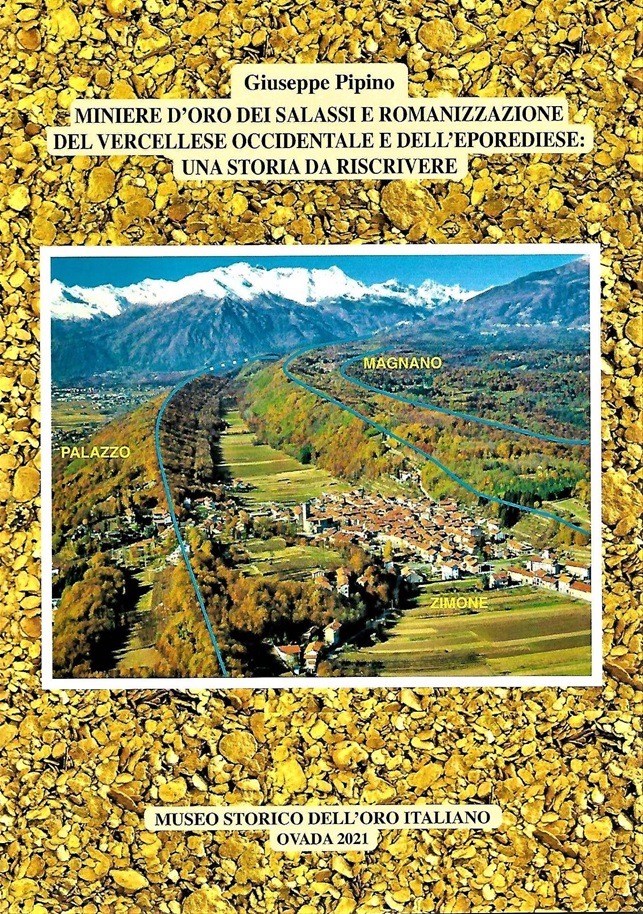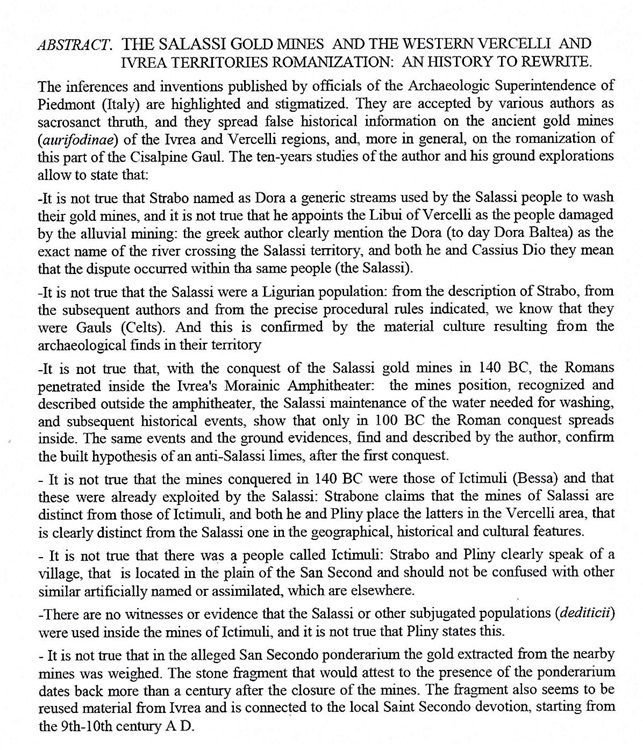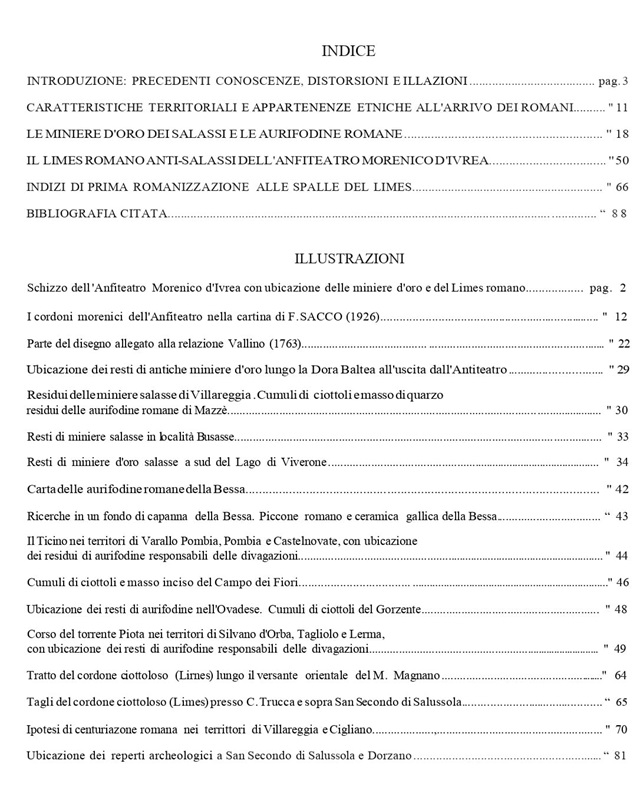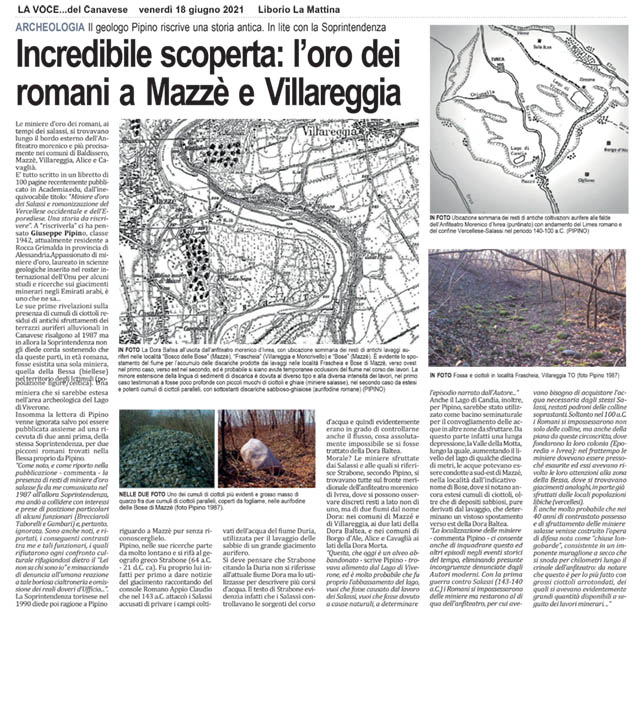Abstract *)
HYDROGRAPHIC NETWORK, CLAYS AND LANDSLIDES OF CASAMICCIOLA TERME (ISCHIA ISLAND)
Landslides and hydrological instability are part, together with earthquakes, of the history of Casamicciola Terme. The last flood event, on November 26, 2022, which caused 12 victims and incalculable damage, would once again impose drastic measures to secure the slopes and guarantee the free flow of exceptional turbidity to the sea. For this there is obviously a need for deep knowledge of the territory and of the landslides, under normal conditions and during exceptional atmospheric events, drawing the appropriate lessons from the previous ones. But it certainly cannot to say that the recurring intervention plans, more or less implemented, have duly taken into account the constitution of the territory and its history.
Incomplete and confusing are the references to the toponymy of the hydrographic network and to the historical variations of the valleys-riverbeds, locally called “cave”, and little or nothing is known about the old final collector, named "lava", which has been buried for decades and unable to receiving and pouring exceptional floods into the sea. Furthermore, there is no reference to the presence of clay and the role it assumes in disasters, although the consistency and historical use of the product is well known.
To make the slopes safe, it is necessary to know their specific peculiarities, both in the highest part, above approximately 500 metres, where the rocks of Mount Epomeo and the contiguous hills emerge, and in the lower part consisting almost exclusively, on the surface, of debris previously collapsed. The "mountains" are mainly made up of fairly hard rocks, but intensely fractured and subject to fragmentation due to normal atmospheric phenomena and recurring earthquakes; moreover, some parts of them are subject to intense clay-caolin alteration and they become inconsistent and unstable. The detrital material that covers the slopes, engraved by the "cave", is made up of heterogeneous materials, in terms of nature and size, and, in addition to containing the clayey products of alteration, locally hides the danger represented by the shallow banks of sedimentary clay. The presence of clay in the flowing mud considerably increases its density and, therefore, the transport capacity downstream, even of huge boulders produced by previous seismic events or isolated by erosion, and landslided along the gullies-cave .
*) The whole article is in the Italian correspondig page






